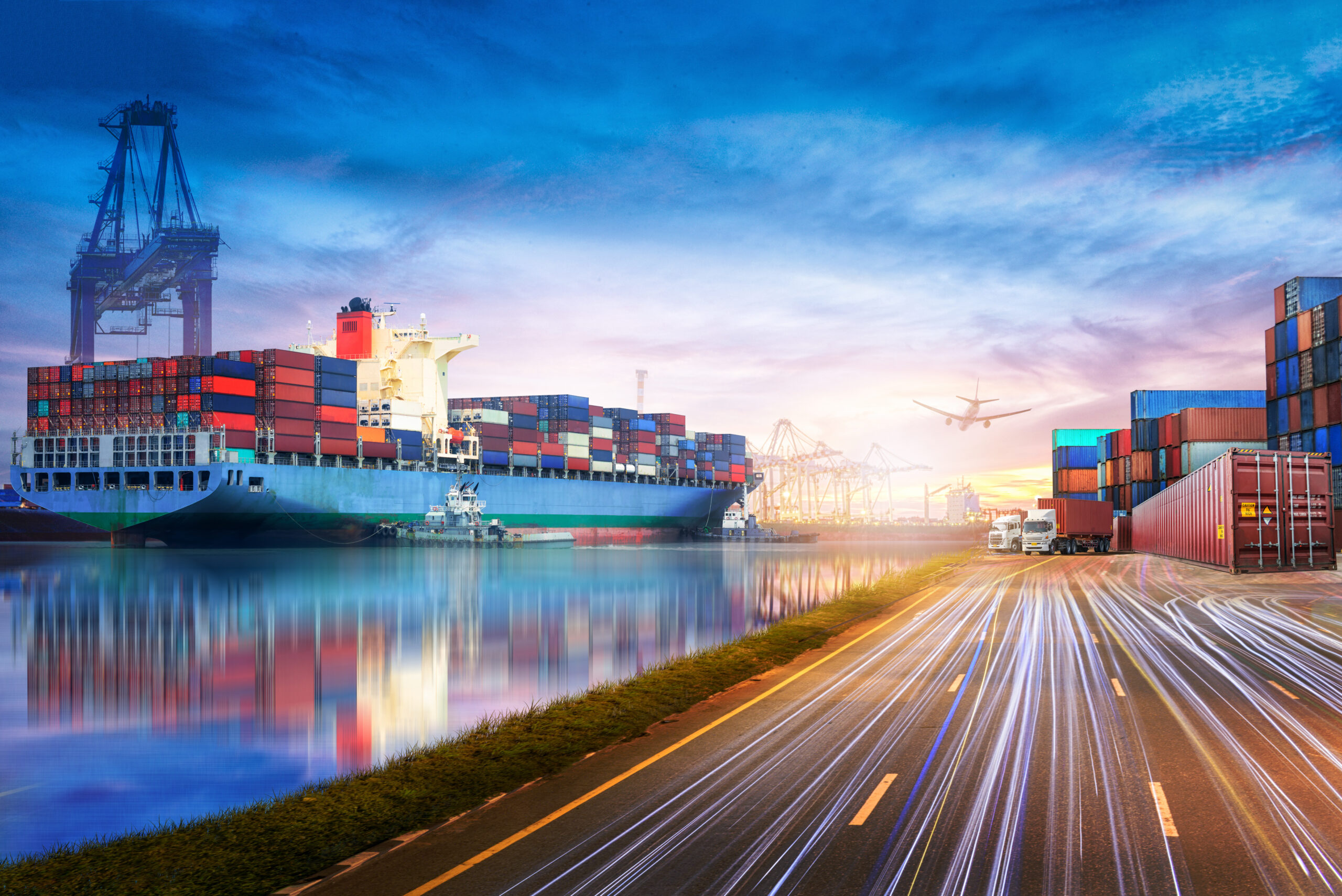Growth meets sustainability – This blog entry gives a brief insight into the challenges companies face every day if they want to become or remain future-proof. Fairstainability - i.e. fairness and sustainability, as well as the topic of sustainable and reliable supply chains are the core element of the article.

Everyone knows sustainability. Nevertheless, there are many companies that exploit this term. Companies that operate so-called "green washing". This means that the term is misused as a marketing tool. External appearances are maintained and the company's attitude remains profit-oriented regardless of global consequences. Of course, every company must ensure its own survival. Unfortunately, this point is rather short-term thinking. What some companies have not yet received sufficiently is the fact that genuine fairness and genuine sustainability do not have to conflict with profit. Growth meets sustainability.
But on the contrary:
The active sense of responsibility on a global level will be a decisive key for the growth, success and profit of companies.
Why? Potential customers are becoming more critical and are demanding more and more transparency about a company's sustainability. The QR codes on products showing information about the value creation process are just a small example. Growth meets sustainability!
Free initial consultation
Negative headlines relating to environmental issues or working conditions spread exponentially on the Internet and will massively damage a company's existence in the long term. Positive headlines, on the other hand, will enable a lasting customer relationship that is built on trust. Prospects become customers because they buy from a company that values our common values FUTURE puts! Growth meets sustainability.
Furthermore, the European Union will increasingly confront companies with new EU directives such as the EU taxonomy in the coming years. This includes, among other things, reporting obligations for companies. All legal information about our company can be found in the Imprint. The focus is on making information about the sustainability of activities more comparable. As a result, there will soon be new reporting and information requirements that will give investors a quick overview of the company's values in terms of its environmental friendliness.
The EU Commission has compiled six environmental goals in the taxonomy draft:
1. Prevention of climate change. Growth meets sustainability
2. Adaptation to climate change
3. Sustainable use of water and marine resources
4. Transition to a circular economy
5. Prevention and reduction of environmental pollution
6. Protection and restoration of biodiversity and ecosystems
As a result, in the near future companies will have to align their economic activities with at least one of six environmental goals in addition to other requirements reconcile. The condition for this is that when pursuing one of the goals, no other environmental goal is adversely affected. Unfortunately, the extent of the change that has to happen in order for a company to remain sustainable is often suppressed or not taken seriously enough. So if you want to achieve strategic competitive advantages in times of megatrends, VUCA, hyper-competition and climate change, you need one integrated strategy for its fairstainability transformation (growth meets sustainability) to ensure the future viability of its business model. Have you ever been over Corona coaching thought about for your company?
The way to get there is described by a strategy in which economic, ecological and social aspects complement each other effectively. "Made with fairness in Germany“ becomes a strategic door opener for new markets and sustainable growth. A systematic strategy comparison makes strategic priorities transparent and the areas see what individual contribution they can make to the strategic sustainability transformation and are encouraged by this.
Supply chains play a special role in many ways.
Covid-19 and the current geopolitical situation have made it clear how fragile and vulnerable the supply chains of many companies around the world are. The Federal Minister of Economics expects the consequences for the economy to be even more serious than after the financial crisis twelve years ago. Now is the time to act appropriately. Growth meets sustainability must be our motto for the future. But how? Also read our article about Hybrid working models.
Growth can be balanced with responsibility and sustainability by aligning their business practices and supply chains with environmental, social and economic sustainability. For example, companies can increase the use of renewable energy sources to reduce emissions, improve waste management and recycling, and increase water and energy efficiency. Responsible supply chain management can also ensure that suppliers and business partners adhere to ethical practices and standards and provide decent working conditions.
Businesses can create sustainable supply chains by establishing and enforcing transparent, comprehensive, and ethical policies and practices. This also includes careful selection and monitoring of suppliers and partners, compliance with labor standards and laws, support for local communities and the implementation of environmental standards. Implementing certification programs and working with non-governmental organizations (NGOs) can also help companies meet their sustainability goals.
Sustainable supply chains offer numerous benefits, e.g. B. better risk management, efficiency gains and cost savings through the use of environmentally friendly technologies and processes, a better reputation and image, long-term customer relationships and higher employee satisfaction and retention. Furthermore, sustainable supply chains can also help to improve the protection of natural resources and the living conditions of communities and workers and promote socially responsible behavior.
Free initial consultation
